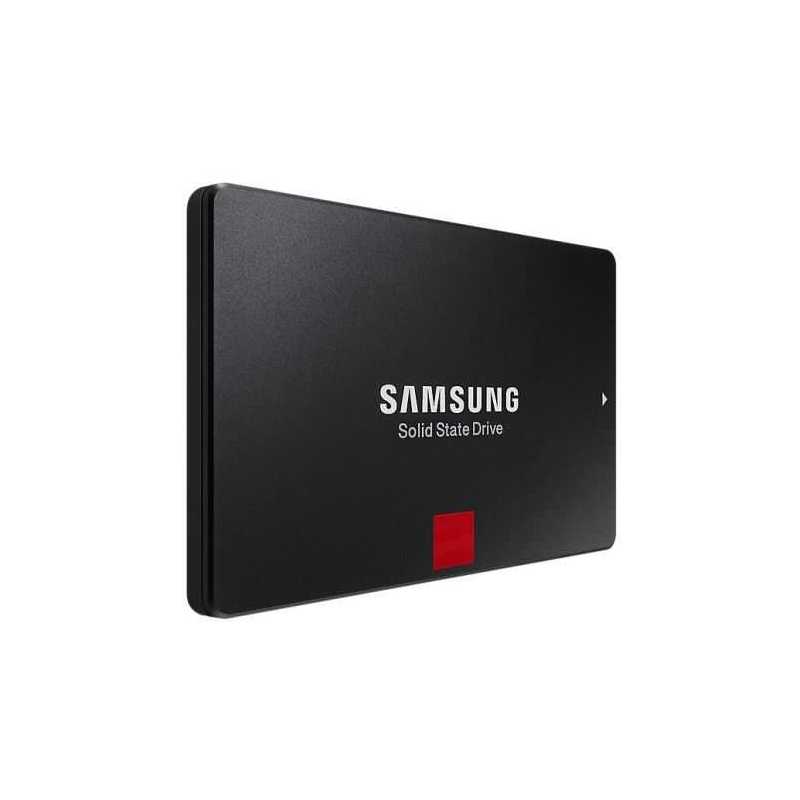
attributes for mechanical hard drives (HDD), solid-state drives (SSD), and Non-Volatile Memory Express (NVMe) drives.
#Samsung hdd smart utility free
Status with CrystalDiskInfoĬrystalDiskInfo is a free easy-to-use open-source Windows application that will show you S.M.A.R.T. With that in mind, let’s look at how we can dig into that data to get a better picture of our drives health.Ĭheck S.M.AR.T. The health of your SDD is almost entirely a reflection of how much data has been written to the solid-state memory inside it. Unlike mechanical hard drives that tend to die from physical wear and tear, SSDs and NVMe drives-barring a blown electrical component or something catastrophic-die from eventually exceeding their Terabytes Written (TBW) rating. SSD drive health (including NVMe drives, which also use solid-state memory) is almost entirely focused on lifetime read/write data. tests for mechanical hard drives include data points for things related to the moving parts of the drive and the effect of motion on them (number of times the drive has spun up, failed to spin up, experienced shock or sudden stoppage, and so on). tests on different types of drives is what the tests measure. The biggest thing to remember when running S.M.A.R.T. In fact, while you can deep dive into the individual attributes if you’re so inclined, you don’t need to do so to use the tools and get actionable feedback on the health of your SSD or old HDD. attributes is a bit geeky and the output is a bit arcane, but fortunately, there are tools that make it easy to check the data and interpret it. TestĬhecking a hard drive or SSD’s S.M.A.R.T.
#Samsung hdd smart utility how to
How to Check Your SSD’s Health with a S.M.A.R.T. data includes a wide range of information like error rates, operating time, data written and read, and so on. attributes are a list of data points written to a memory chip on your hard drive, much like engine codes and such are written to a diagnostic log in your car. Whether you’re worried about a traditional HDD acting oddly or you’re just want to check the health of your SSD, it’s the best place to start. (Self-Monitoring, Analysis, and Reporting Technology) attributes. Attributes Out of Rangeįinally, one of the best metrics you can look at regarding the health of your drive are the S.M.A.R.T. You can’t avoid bad sectors entirely, but if they increase in number, you should be concerned. Logical bad sectors are software-based, where your operating system determines that a particular hard drive sector is not behaving as expected. Physical bad sectors are caused by actual physical damage to the hard drive. An Increasing Number of Bad Sectorsīad sectors come in two forms, physical and logical. If you’re saving files only to find them corrupt when you open them next, it’s time to investigate.

Except for instances like your computer crashing during a file save because of a power outage (without a UPS to keep it on), you shouldn’t be experiencing file corruption or missing files. Saving and accessing files on your computer should be a smooth and reliable process. While you’re at it, be sure to take some basic steps to increase performance so you can rule out other issues beyond disk problems.


#Samsung hdd smart utility full
If your computer is acting sluggish in a way that can’t be explained by aging hardware, overly full storage, viruses, or excessive apps running, it’s worth looking at both your primary hard drive (the one your operating system is running off) and at any secondary drives you’re using for games or apps.


 0 kommentar(er)
0 kommentar(er)
